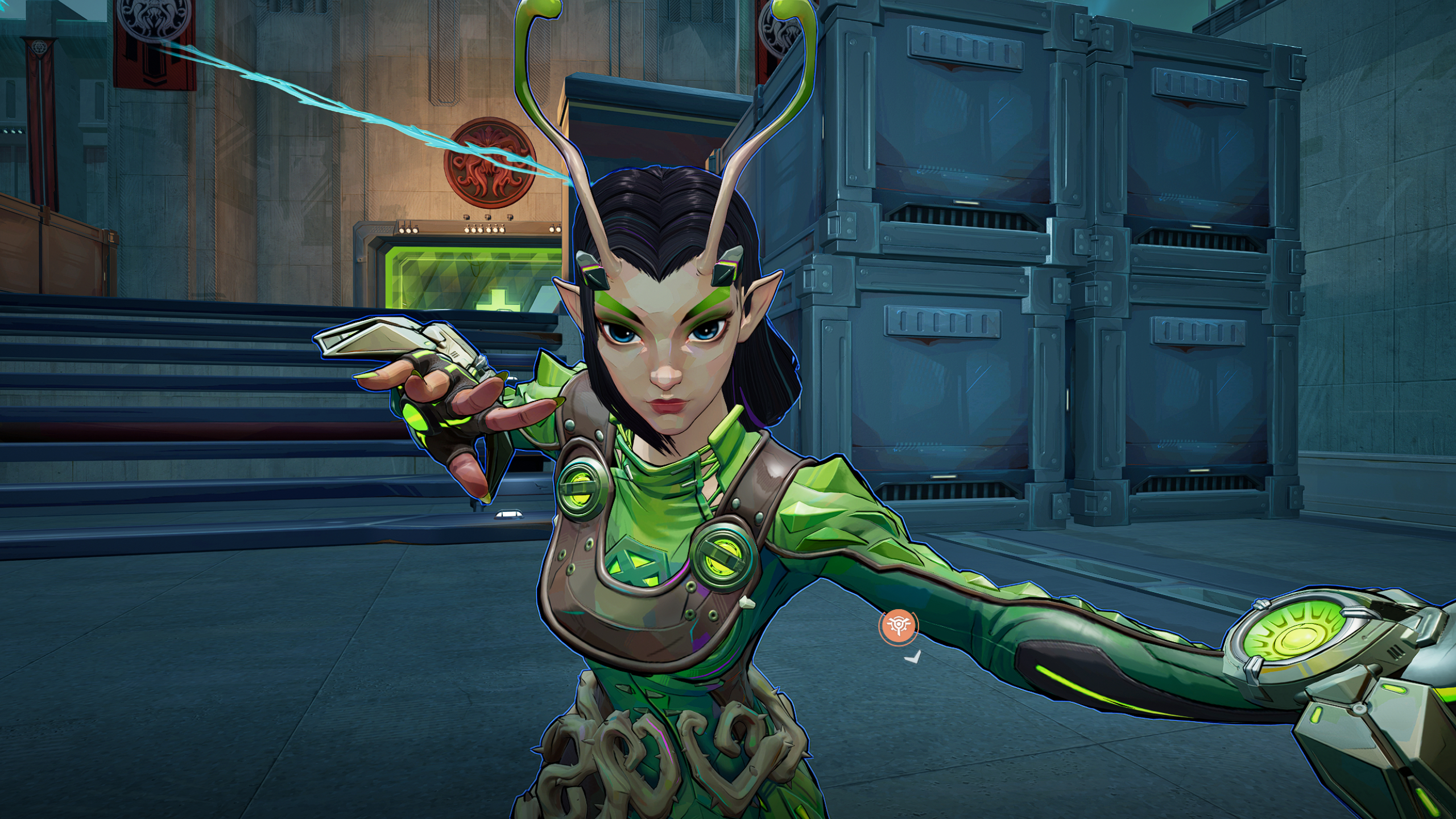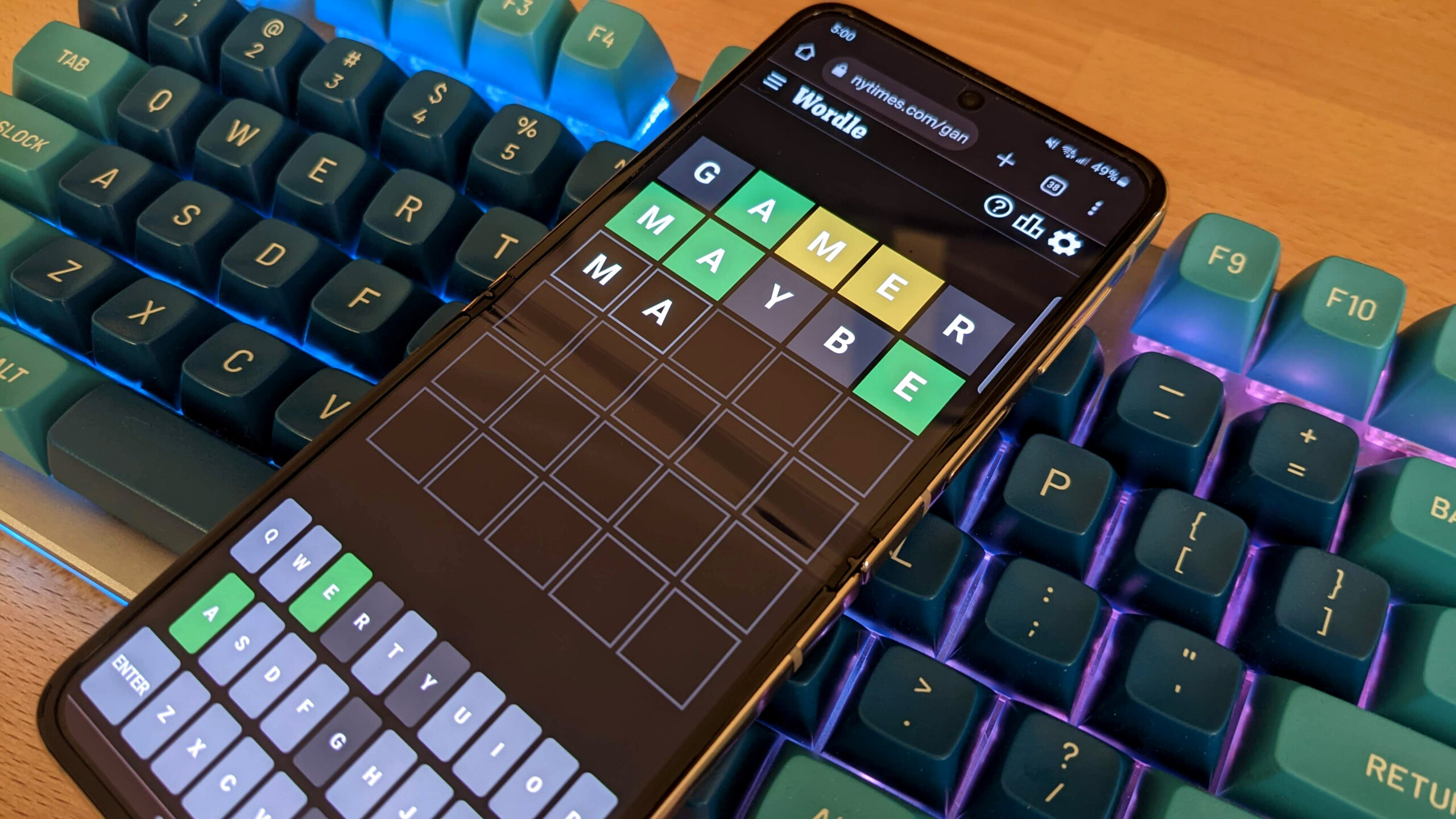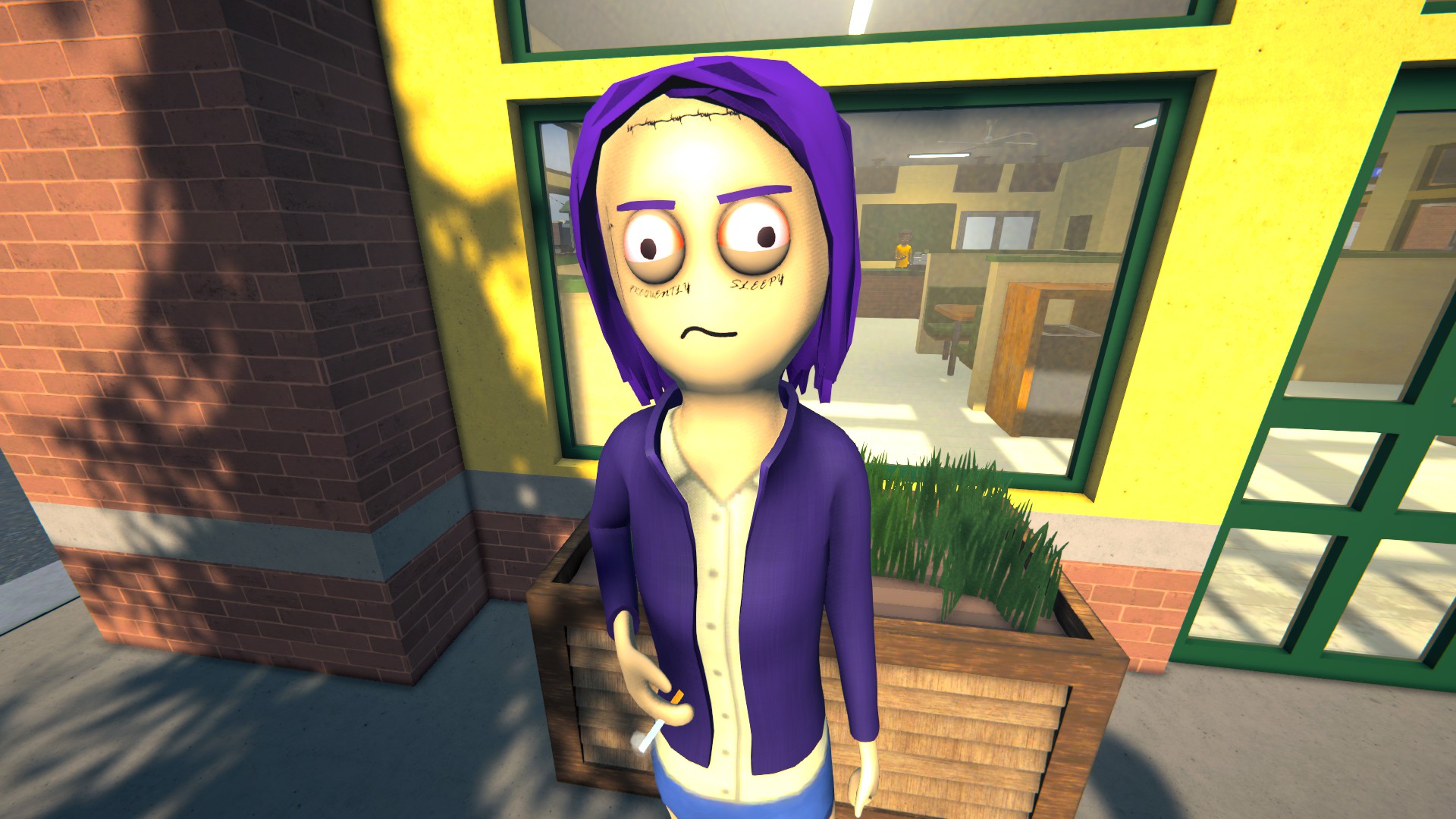It used to be the case that comparisons between Rainbow Six Siege and Counter-Strike ended at their 5v5 team sizes and bomb rulesets, but Ubisoft is cooking up its own version of a feature that’s become synonymous with Valve’s tactical FPS: the skin marketplace.
Simply dubbed the “Rainbow Six Siege Marketplace,” the website will allow Siege players to buy and sell in-game cosmetics with other players. In a presentation to the press, Ubi said the marketplace will be accessible from a browser and mobile, but did not mention integration with the Siege client itself or the Ubisoft Connect app.
All transactions on the platform will be made through R6 Credits, Siege’s premium currency sold in packs costing $5 to $100 in the in-game shop. It’s unclear if players will set prices for items themselves, or if cosmetics will have a fixed value. Theoretically, that means the Siege marketplace will have no connection to Ubisoft’s NFT initiative, Quartz. Ubi will soon hold a closed beta for the Siege Marketplace ahead of the store’s full launch sometime in 2024.
CS:GO’s (now CS2’s) item market drove massive interest in the game when it debuted about one year after launch, in 2013. Following this change, CS:GO became the most popular FPS esport ever and one of the most-played games on Steam. But the market also brought with it unwelcome issues for Valve and the competitive community: gambling and match-fixing scandals, made possible by the presence of a third-party grey market that grew around the game and used automated Steam trading bots to validate transactions.
Ubisoft hasn’t yet said how it might address the possibility of these issues. The publisher says transactions are limited to R6 Credits, but if a trading system exists, grey markets could follow.
The Siege community isn’t quite as enthusiastic about cosmetic collections or rarity as the Counter-Strike 2 crowd, but I see the potential for the marketplace to be a big deal. CS2 players will be the first to tell you that nothing was quite the same after the CS:GO market launched, for better and worse. It created a sense of progression for Counter-Strike that didn’t previously exist and allowed players to throw their own skin into the game in a serious way by tying real money value to digital trinkets opened with a $2 loot box key. Siege has paid loot boxes as well, but it also gives a lot of cosmetics away for free just for playing.
Millions of longtime Siege players are sitting on eight years’ worth of gun skins and operator outfits that might suddenly be worth something. Though at the same time, scoring a payday on Steam means your next big videogame purchase is on the house. A big payday on the Siege marketplace would just give you credits used to buy other Siege skins. You can see, then, why the viability of grey markets could have a major effect. In 2019, Valve had to set new limits on trading to counter an elaborate money laundering scheme operating through CS:GO.
I reached out to Ubisoft for more information around the Siege Marketplace and will update this story if I learn more.











